The goal of the conference “Innovations and Reproductions in Cultures and Societies†is not limited ‘only’ to drawing attention to the importance of culture but its examination in contemporary processes in order to create new premises for investigating the past. The expanded goal of the conference is to develop the foundation that will make it possible to participate in the shaping of the present and future. The question for us today is how we can create reproductions of knowledge that will guarantee optimal knowledge and, as a corollary, what do we consider optimal knowledge in contemporary processes. The aim of the Conference is to study knowledge in a new way by participants from the most varied disciplines. The narrative in the Tamil epic Manimekalai was chosen for its striking qualities of innovation and reproduction. When Manimekalai took decisions on her life, cognition and positive force set her on the path of knowledge. Born to be a courtesan, her decision to take the vow of chastity and charity is daring innovation, which utilized creative power in the service of spiritual and social goals. By writing the epic merchant Prince Shattan reproduced the narrative in a form that could be retained and retrieved. The Tamil epic Manimekalai has endured for nearly two millenniums because of the innovation of Brahmi script derived from Aramaic, which enabled reproduction of knowledge through writing for the benefit of society. The written reproduction provides the possibility of a broader reception and, more importantly, also of history, society and religion, and the opportunity for critical observation, since only a fixed text makes any kind of criticism possible.
Manimekalai: Dancer with Magic Bowl
$11.70
$13.00
In stock
Free & Quick Delivery Worldwide
All orders amounting to US$ 50 or more qualify for Free Delivery Worldwide. For orders less than US$ 50, we offer Standard Delivery at $14 per book.
ABOUT THE AUTHOR Arputha Rani Sengupta
Arputha Rani Sengupta is Associate Professor in History of Art at the National Museum Institute, Deemed University in New Delhi. She has lectured widely and published extensively her writings on diverse aspects of art in journals and contributed to leading publications, including the IGNCA. Her book on Art of Terracotta focuses on Cult and Cultural Synthesis in India. She investigates it further in her forthcoming book on the Buddhist Jewellery. Sengupta was Assistant Professor in History of Fine Arts in Stella Maris College at Chennai and at Lasbrey Teachers' College at Imo State in Nigeria. She specializes in cross cultural currents and globalisation during the early Buddhist period in India. She is currently writing on the Symbols and Substitutes in the Early Buddhist Art of India under ICHR grant. She has coordinated several symposiums on art in NMI and is editor of God and King: Devaraja Cult. She has studied Art History in the University of Madras, Chennai, Rabindra Bharati University, Kolkata and University of Washington, Seattle. A versatile practicing artist, she has exhibited extensively and has received several awards for her paintings.
reviews
0 in total
Review by Anonymous
Be the first to review “Manimekalai: Dancer with Magic Bowl” Cancel reply
You must be logged in to post a review.
Bibliographic information
Title
Manimekalai: Dancer with Magic Bowl
Author
Edition
1s ed.
Publisher
ISBN
8189233378
Length
35p., Figures; Bibliography; 23cm.
Subjects
more by Arputha Rani Sengupta see more
Buddhist Art and Culture: Symbols & Significance (In 2 Volumes)
Roman Diaspora in the making ...
$286.20
$318.00

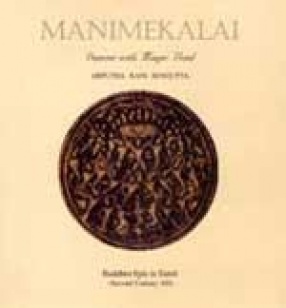
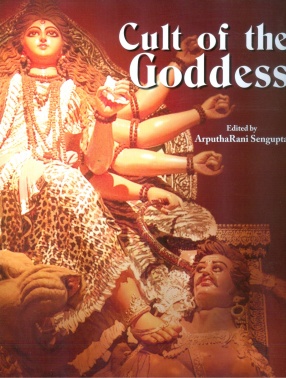
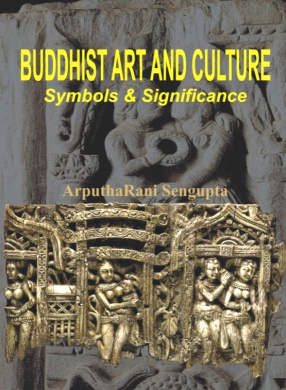
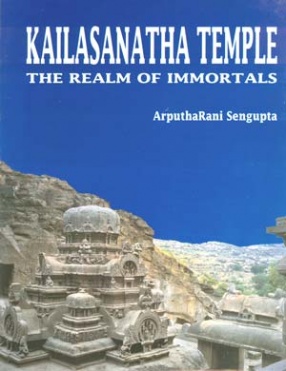
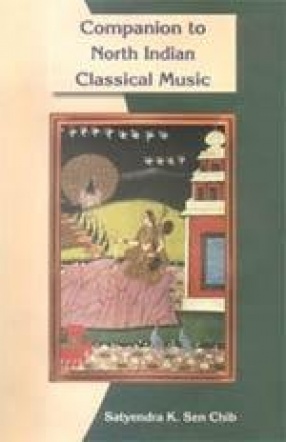
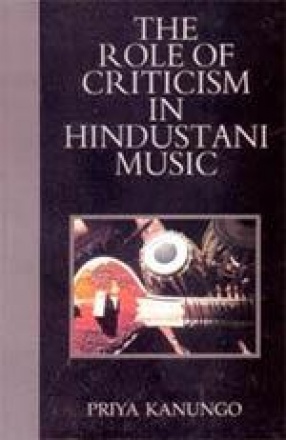

There are no reviews yet.